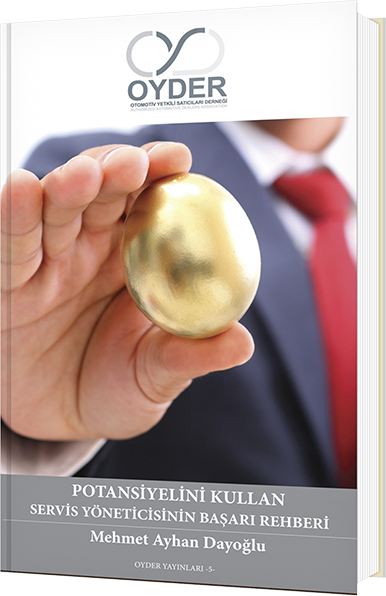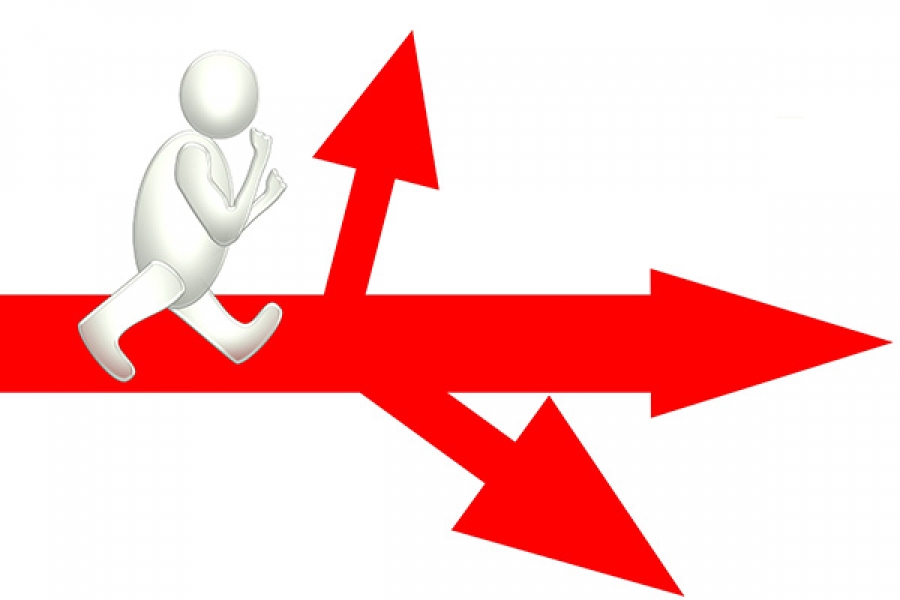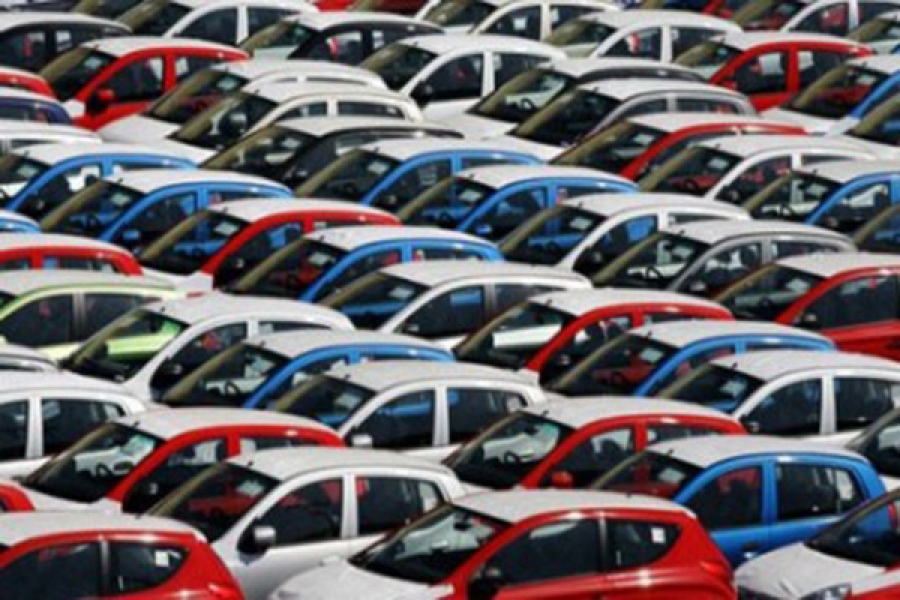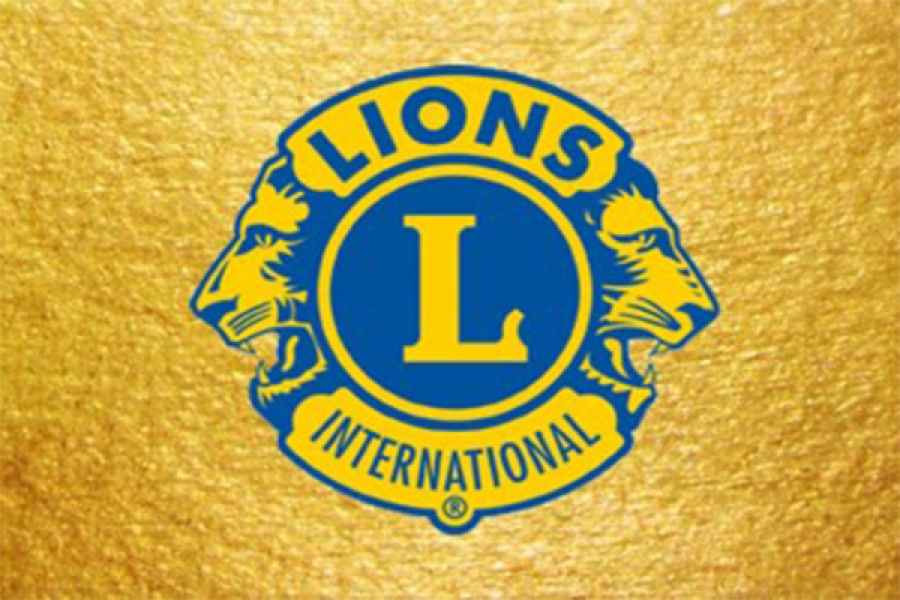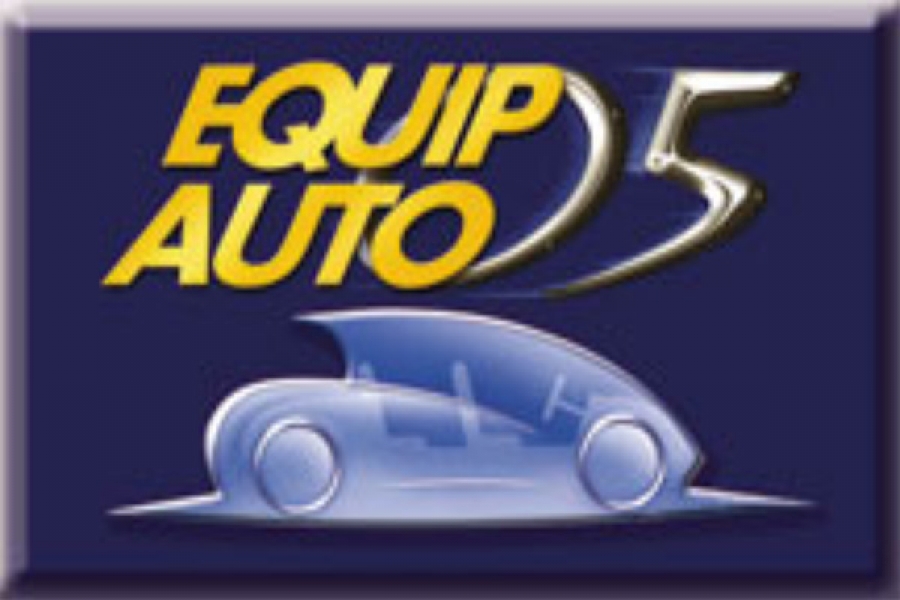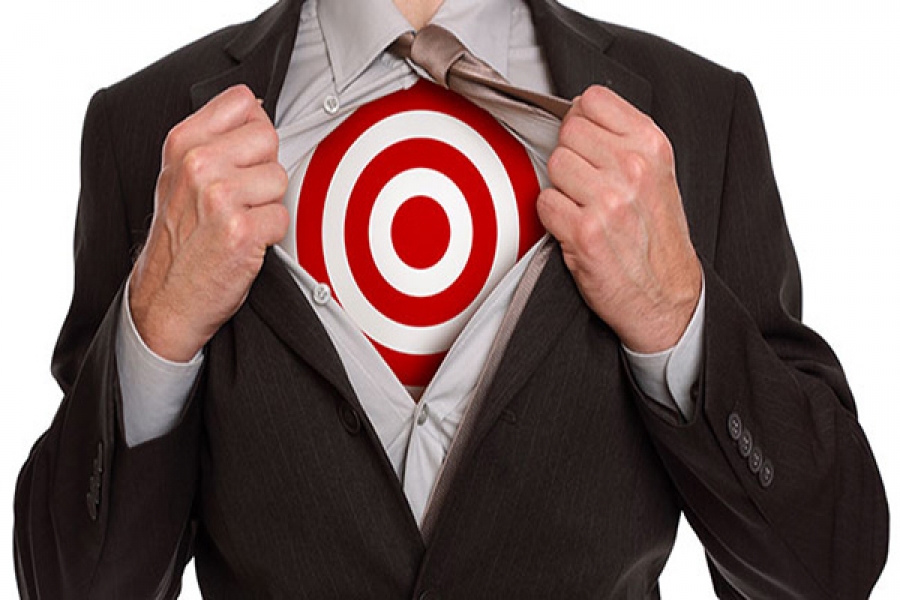Sunday, 11 February 2007 22:25
Determination of Environment and Oppurtunities for Aftersales Services
The executives of companies operating in the field of aftersales services can try to increase the value of their companines through new strategic plans. Changes within the market, oppurtunities, probabilities and possibilities, competitors and rivals, brand new technologies, applicable laws and legislations, environmental issues shall be determined and studied in order to implement strategic plans of executives successfully. Developments within the market shall be perceived immediately and also commented for further strategies for the sake of company’s success. The company, therefore, operating within complicated and rapidly changed markets, should apprehend the signals as soon as possible and analyse those signals.
The first step to be taken in order to select the required signals among the incoming signals from environment and use them in an advantageous way urgently shall be the defination of the environment of the company. To ask the proper and right questions are essential for a true and correct definition. The company tries to examine the main subjects of activity by means of questions such as “What is our market share?”, “What is the rate of our spare parts availiability?”, “How much is our profit? “What are the differences between us and competitors in terms of price?” etc. Nevrrtheless, the questions regarding the definition of the environment shall not be open-ended whereas the answers shall not be extremely clear. For this reason, the questions to be asked shall be grouped under three categories of past, present and future.
The questions concerning the past, although it is not a good estimation method for the future, are so essential to determine the blind spots which company or aftersales service market used to confront in the past and the similar points with other markets. The following basic questions shall be asked in order to comprehend the past:
1.) Which blind spots were faced in the past? What are the developments in the market about those blind spots?
2.) Is there any beneficial/useful/pragmatic similarity which can be adopted from any other market?
3.) Who is used to perceiving weak signals within aftersales service market and advance towards those similarities?
Researches show that the persons usually filter and ignore intuitive information. The following questions shall be replied in order not to ignore many crucial and beneficial information while filtering and comprehend the current market developments:
1.) What are the crucial incoming signals from market and ignored by us?
2.) What do some employees want to say us by means of antithetical and exception and counter-discourses?
3.) What does the customers and competitors within our evironment think indeed?
The company is able to get crucial information about its current position and also have an idea about the further picture partially when questions are asked about the today and future of the company. The company, yet, shall comprehend the future and configure its strategy today in order to ensure its success. The following questions shall be replied in order to help the company to get an idea about the further conditions of its environment:
1.) What kind of surprises can we confront in the future? How can those surprises help or effect us?
2.) How shall new technologies effect our market and the rules of the game we are used to playing?
3.) Is there any scenario we have not foreseen yet?
The questions about past, present and future stated above shall also allow the definitions of crucial oppurtunities for company. The crucial oppurtunities shall be listed as
1.) External environment
2.) History and life cycle
3.) Business management/operational technology of the company.
Definition of external environment also helps the company to get an idea regarding the resources and information to be required. The factors which are crucial for the definition of environment are;
1.) Complexity (homogeneous market – heterogeneous market)
2.) Dynamism (stable – unstable)
3.) Generosity (rich resources – scarce resources)
4.) Environmental organisation (market structure) of the market.
The company shall respond to environment with internal strategy pursuant to complexity and dynamism level; and external strategy pursuant to generosity and market structure.
The company shall be affected by
1.) Historical development,
2.) Life curve,
3.) Different business models of the companies,
4.) Change orbit of the aftersales service market.
The carrying capacity of the market for any application is limited. For example, the new launched brand new model automobiles usually prefer authorised services and use original parts within warranty period. However, the number of the parts out of warranty begins to increase. Thus, alternative spare parts manufacturers enter into the market. Then, after a certain period, many different companies start to sell the spare parts of the same vehicle by means of different business-models. For this reason, the market shall be satisfied regarding spare parts, price competition becomes firmer and profit levels fall down.
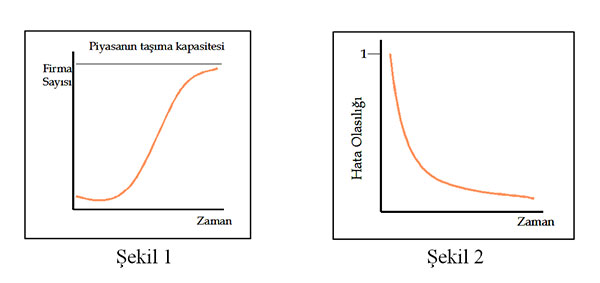

The company will not be able to make intelligent and right investments without realizing the change model of the market. The director of the company should not lend an ear to ordinary and general comments on market and also instant threats around in order to see the direction of the market. Markets, usually, change in four different orbits –excessive (radical), average, creative and progressing. The type of change depends on the main activities of the companies and also the fact whether they are under threat or not (see Fig.3).
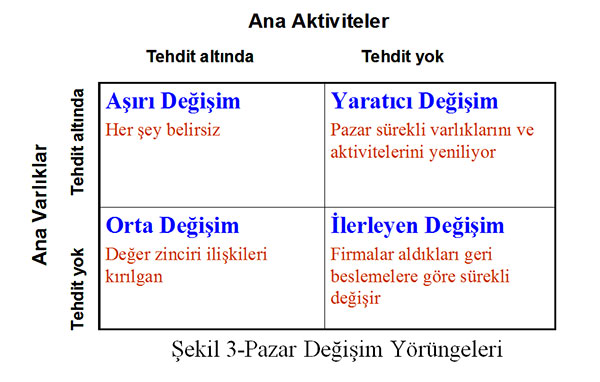

Automotive industry is located in average orbit of change. Main activities are under threat whereas main assets (knowledge, know-how, brand value, patents, special production equipment etc.) are not under threat for the industries within this level. For instance, conventional and classical sales methods have less importance within the authorized dealers. In fact, the potential buyers are used to visiting dealers after making a research on web sites and chat rooms. On the other hand, manufacturers pay strict attention to get close to users. For this reason, they sometimes prefer contact directly end users by skipping their dealers or organize marketing activities by benefiting the customer information of their dealers. Similar examples can be given for aftersales services as well. For example, manufacturers are used to establishing multi-brand service networks in order to supply aftersales services lately. Thus, they are able to compete both authorised dealers (distributors) and independant (unauthorised) dealers.
A company withim average orbit of change should be managed by extraordinary and unusual methods since it should restructure crucial relations and connection while protecting main assets. Those companies can canalise to different businesses (e.g. they may focus on accessories sales in addition to spare parts sales), cooperate with their rivals and competitors (e.g. they may buy parts from rival spare part suppliers and sell those parts), pass to another different dimension of the market by selling their business to competitors. During those major changes, many interdepartmantal problems, disagreements, conflicts may often be occured within the company. Those problems can be solved only by a strong and determined centralised management. Nevertheless, the top executives of such companies within this change level usually tend to think that their main activities can be maintained by means of satisfaction of old customers. Though, those relations becomes more fragile day by day.
Aftersales executive, who wants to apply his strategy in a successful manner, should make a research the past, present and future of the environment where he will apply his strategy and steer his efforts pursuant to obtained datas and attempt to increase his ROCE.
References:
How Industries Change-Anita M.McGahan-HBR
Scanning the Periphery-George S.Day & Paul J.H.Schoemaker
Hüseyin Leblebici-From Managerial Strategy to Organizational Contingencie
How Industries Change-Anita M.McGahan-HBR
Scanning the Periphery-George S.Day & Paul J.H.Schoemaker
Hüseyin Leblebici-From Managerial Strategy to Organizational Contingencie




